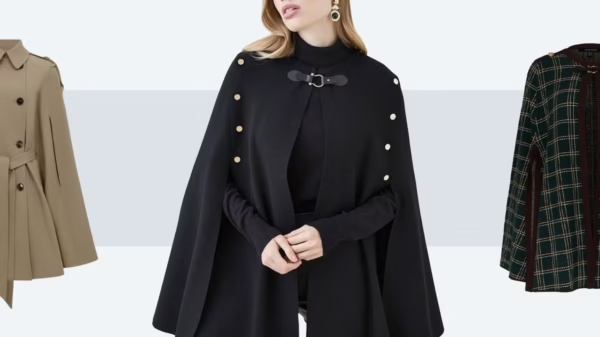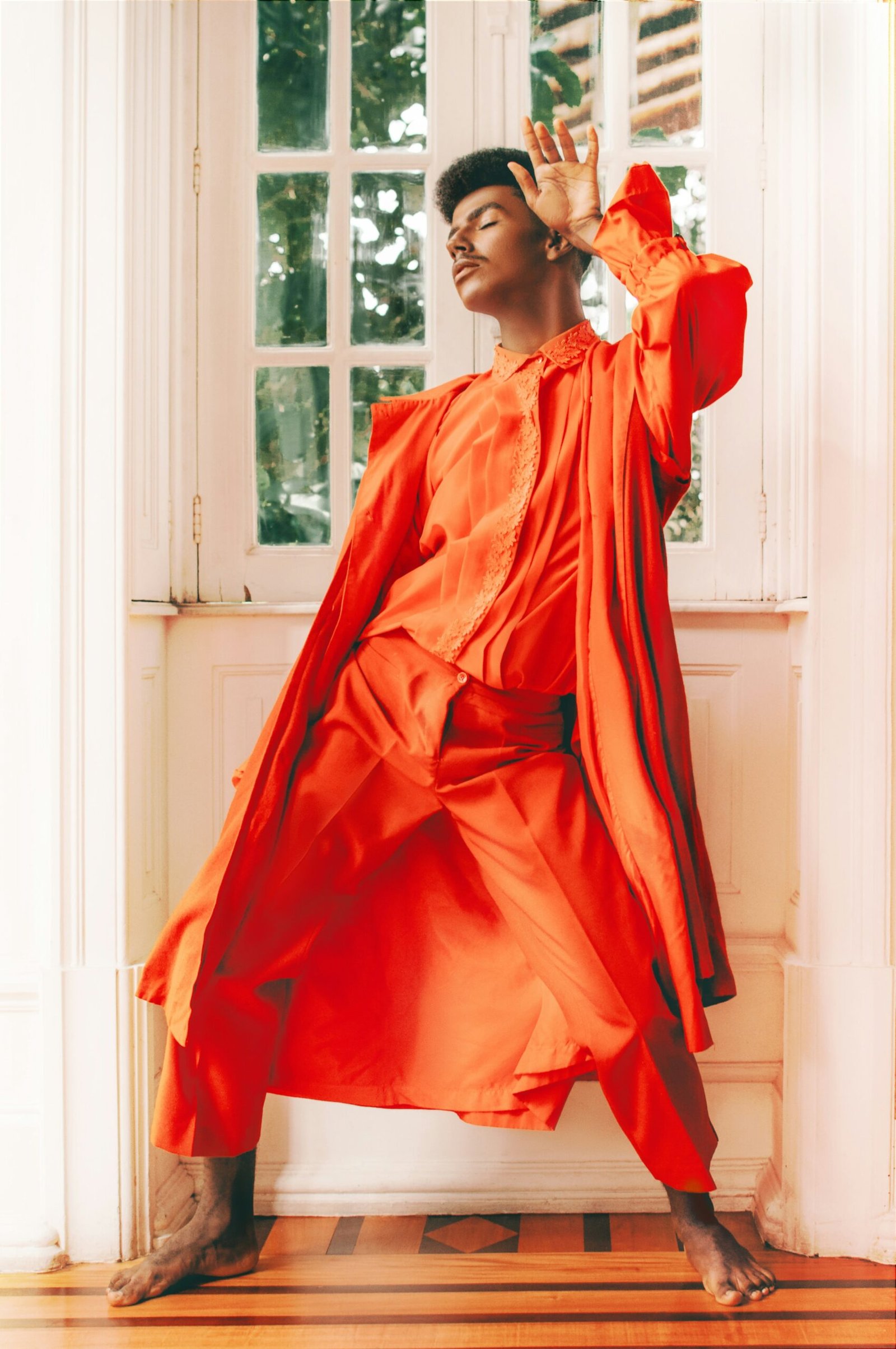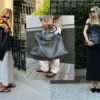In recent years, the fashion industry has witnessed a significant shift towards gender fluidity and unisex designs. Breaking away from traditional gender norms, this movement challenges the binary approach to fashion and embraces a more inclusive and diverse perspective. This blog post explores the rise of gender fluid fashion and how it is reshaping the fashion landscape.
The Rise of Gender Fluid Fashion
Gender fluid fashion refers to clothing and styles that are not limited to a specific gender identity. It allows individuals to express themselves freely, regardless of societal expectations or norms. This movement gained momentum as people started questioning the rigid boundaries imposed by traditional gender roles.
One of the key drivers behind the rise of gender fluid fashion is the growing recognition and acceptance of diverse gender identities. Society is becoming more open-minded and inclusive, acknowledging that gender is not simply binary but exists on a spectrum. This shift has paved the way for designers to create collections that cater to a broader range of individuals.
Breaking Stereotypes through Design
Gender fluid fashion challenges the stereotypes associated with traditional men’s and women’s clothing. It blurs the lines between masculine and feminine aesthetics, fostering a more fluid and inclusive approach to style. Designers are experimenting with silhouettes, colors, and materials to create garments that can be worn by anyone, regardless of their gender identity.
Unisex designs are a significant aspect of gender fluid fashion. These designs are intentionally crafted to be gender-neutral, allowing individuals to express themselves authentically. They often feature minimalist aesthetics, clean lines, and versatile silhouettes that can be easily styled to suit individual preferences.
Another way gender fluid fashion is breaking stereotypes is through the use of androgynous models. Fashion campaigns and runway shows now feature models who defy traditional gender norms, challenging the notion that clothing should be limited to a specific gender. This representation not only empowers individuals who identify as gender fluid but also encourages others to embrace their authentic selves.
Impact on the Fashion Industry
The rise of gender fluid fashion has had a profound impact on the fashion industry. It has forced designers and brands to rethink their approach to design and marketing. Many established fashion houses are now incorporating gender fluid collections into their offerings, recognizing the demand for more inclusive clothing options.
Moreover, gender fluid fashion has given rise to a new wave of independent designers who are dedicated to creating gender-neutral clothing. These designers are pushing boundaries, challenging norms, and offering unique styles that cater to individuals who do not conform to traditional gender expectations.
Additionally, the rise of gender fluid fashion has sparked conversations about the importance of diversity and inclusivity in the industry. Fashion shows and campaigns are becoming more diverse, featuring models of different gender identities, sizes, and ethnicities. This shift is not only a step towards a more inclusive fashion industry but also a reflection of the changing societal attitudes towards gender and identity.
The Future of Gender Fluid Fashion
As society continues to evolve and embrace diversity, the future of gender fluid fashion looks promising. It is becoming increasingly evident that the binary approach to fashion is outdated and restrictive. The fashion industry is responding to this shift by creating more gender-neutral collections and challenging traditional norms.
However, there is still work to be done. While gender fluid fashion has gained traction, it is essential to ensure that it is not just a passing trend but a lasting change. The industry needs to continue amplifying diverse voices, supporting independent designers, and promoting inclusivity at all levels.
In conclusion, gender fluid fashion is breaking the binary in style and reshaping the fashion landscape. It challenges traditional gender norms, breaks stereotypes, and promotes inclusivity and diversity. As society becomes more accepting and open-minded, the fashion industry is responding by embracing gender fluidity and creating clothing that allows individuals to express themselves authentically, regardless of their gender identity.



































